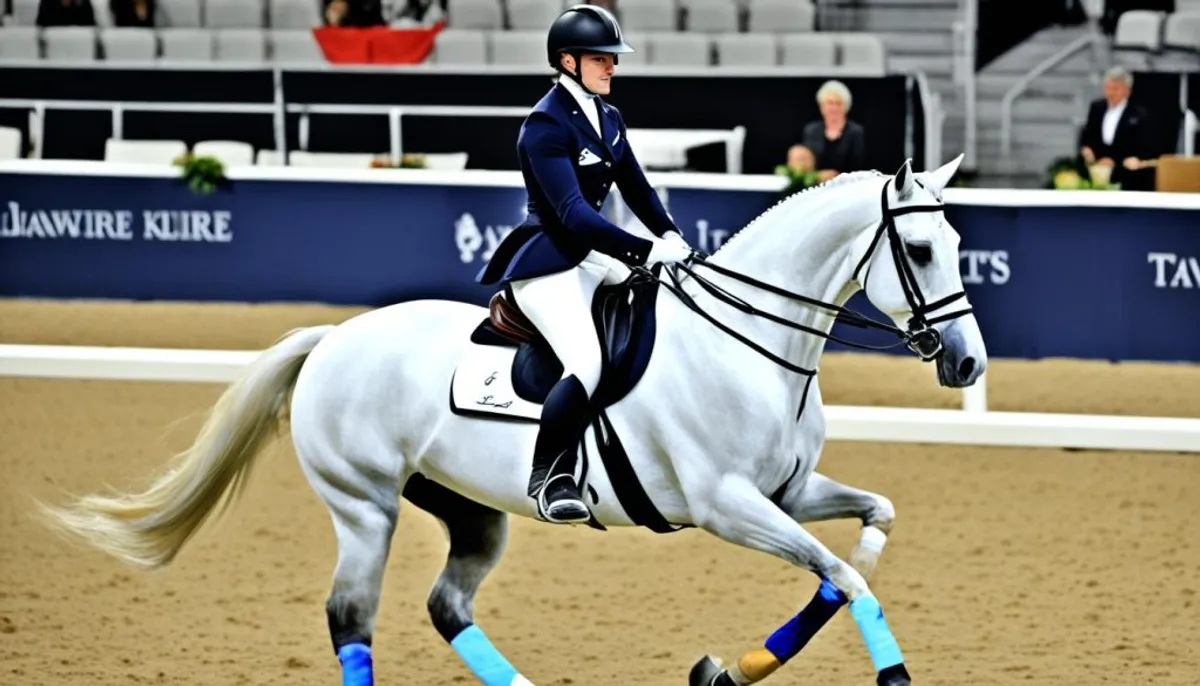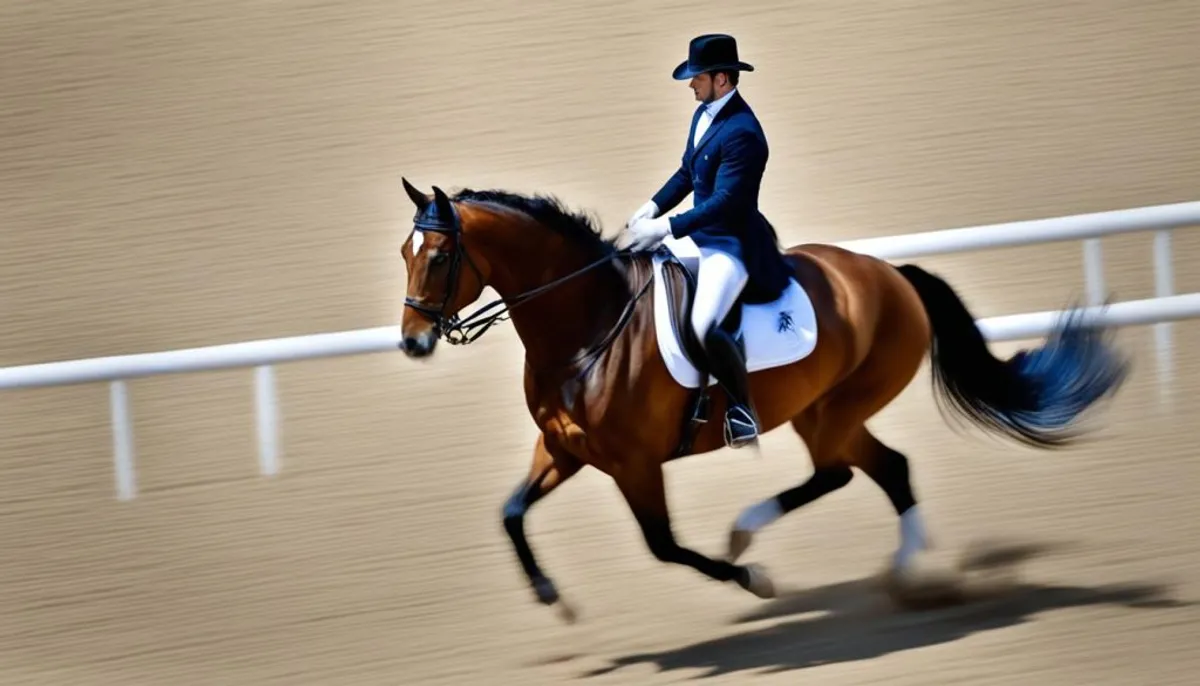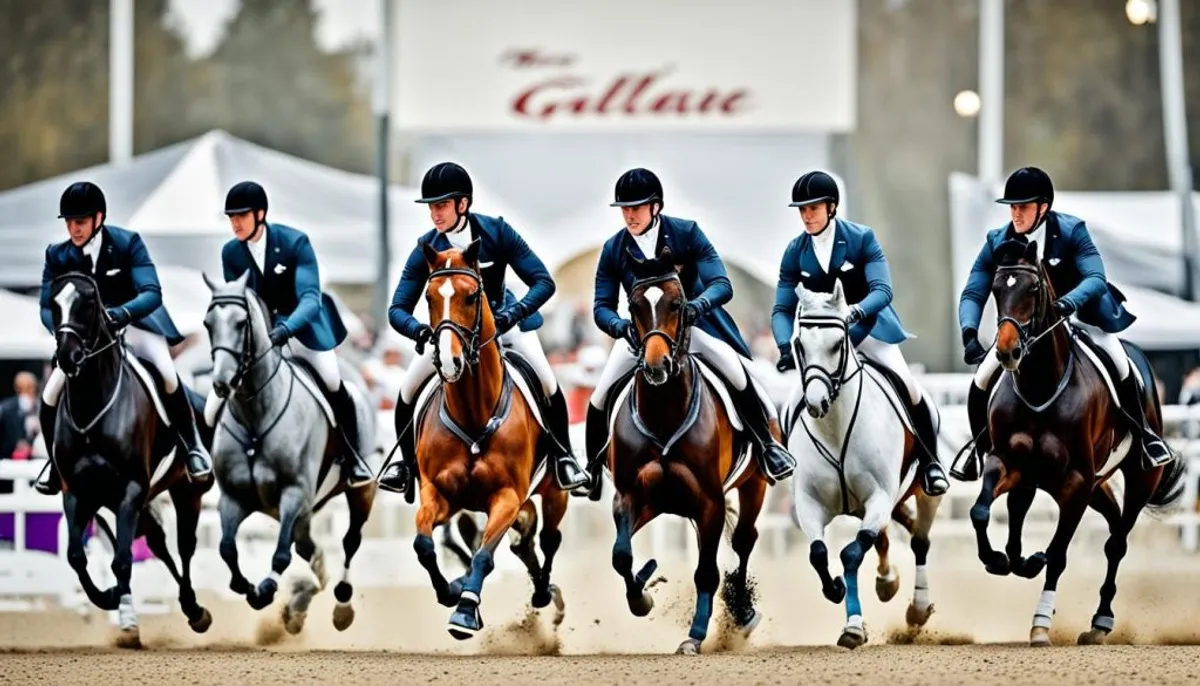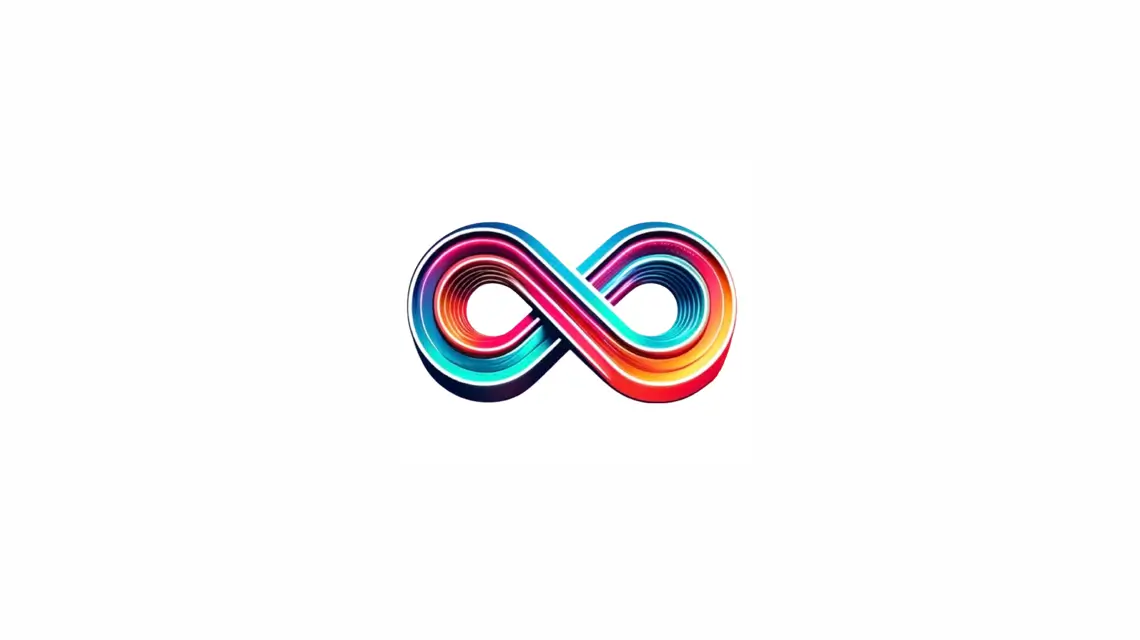The volte is a basic figure in horseback riding. It consists of making a small circle of less than 10 meters in diameter. This requires flexibility from the horse and precision from the rider.
Mastering the volte is very useful for training. It helps to increase the horse's impulsion and bend. It is also the foundation for many other dressage movements.

Main keys to remember
- The volte is an essential arena figure in horseback riding
- It requires flexibility from the horse and precision from the rider
- The volte is a favorite training tool for developing impulsion and bend
- It forms the basis of many other horse movements
- Mastering the volte is crucial for riders
Introduction to arena figures
Arena figures are very important in horseback riding. They are used in dressage, show jumping, and other equestrian disciplines. These lines allow riders to vary their equine training and work on the fundamentals of riding.
Definition of arena figures
Arena figures are trajectories such as circles or diagonals. Each figure has its own requirements. This helps develop skills in both the horse and the rider.
Importance of figures for training
- Arena figures provide feedback on the horse. This helps the rider to adjust their equine training effectively.
- They are the basis for many dressage and show jumping exercises. They help the rider improve their flexibility, balance, and control.
- Mastering arena figures is crucial for progressing in equestrian disciplines and preparing for competitions.
In conclusion, arena figures are essential for the development of the rider and the improvement of the horse. They are therefore a key element of equine training.
Improving flexibility and control
Arena figures are crucial for improving the flexibility and control of the horse. They allow the horse to respond easily to the rider's commands. This is especially noticeable during changes of pace.
A good progressive training includes different arena figures. It is also important to work on transitions between gaits. This helps develop the horse's flexibility, rhythm, contact, impulsion, and straightness.
Criteria for flexibility
- Relaxation
- Rhythm
- Contact
- Impulsion
- Straightness
Progressive training with figures
Arena figures like the volte, the circle, or the diagonal are perfect for working on flexibility. By changing figures and transitions, the rider can improve horse control.
| Arena Figures | Objectives |
|---|---|
| Volte | Develop lateral flexibility |
| Circle | Work on longitudinal flexibility |
| Diagonal | Improve straightness |

The volte in riding: an essential figure
The volte in riding is a basic figure in horseback riding. It consists of making a small circle of less than 10 meters in diameter. This requires flexibility from the horse and precision from the rider. It also helps to improve impulsion and bend, which is crucial for dressage.
Learning the volte in riding is a good way to enhance one’s equine training. It makes horses more flexible and responsive. Riders, in turn, improve their control and balance.
- The volte in riding is an essential basic figure for dressage.
- It requires a great deal of flexibility from the horse and precision from the rider.
- Mastering the volte is a highly valued equine training tool.
The volte in riding is the foundation for many more complex arena figures. Knowing how to master it helps riders improve their balance, coordination, and communication with their horse. These skills are crucial for advancing in riding.
Other basic figures to master
There are other important basic figures for riders. They are crucial for advancing in dressage and equine training. Among them are the circle, the diagonal, and the double.
The circle
The circle has a diameter of 20 meters. It helps the horse maintain its balance and follow a curved trajectory. It also works on the flexibility of the neck.
The diagonal
The diagonal requires crossing the arena in a straight line from one diagonal corner to the other. This helps to change hands and improve the extension of the gaits. Additionally, it makes the horse more straight.
The double
The double is perfect for testing the horse's straightness. It crosses the arena in a straight line from one side to the other. This puts the horse's balance and submission to the test.
Learning these basic arena figures is crucial for any rider. It allows for progress in dressage and equine training.

Advanced figures for experienced riders
For very experienced riders, there are advanced arena figures to enhance their skills in dressage. The serpentine and the half-volte are two very challenging figures.
The serpentine
The serpentine is a series of half-voltes chained together. It requires a great mastery of the horse's bend. To succeed, there must be perfect coordination between the rider and the horse, along with good equine training.
The half-volte
The half-volte is a half-circle of 10 meters, followed by a diagonal line. It is a change of hands that tests the experienced rider. Mastering the half-volte demonstrates a high level of dressage and control.
Learning and practicing these advanced arena figures allows experienced riders to progress. It improves their communication with the horse, aiding their equine training and growth in this discipline.
Tips for executing a successful volte
To properly perform a volte in riding, a few tips should be followed. The horse must be able to turn freely to avoid losing its balance. The rider should also create an opening rein to help the horse turn well.
A good equine training starts with wide circles. This helps the horse become more supple and precise. Here are some other tips for successfully executing a volte:
- Maintain a regular and balanced pace
- Control the horse's bend with aids
- Ensure the symmetry of the circle without changing diameter
- Finish the volte precisely at the starting point
| Criterion | Description |
|---|---|
| Flexibility | The horse must move with ease and fluidity during the volte |
| Balance | The horse's balance must not be disturbed during execution |
| Precision | The volte must be performed consistently and smoothly |
By following these tips and practicing, the rider will master the volte in riding. They will be able to execute it smoothly and harmoniously.
Conclusion
Learning arena figures, especially the volte in riding, is crucial for every rider. It improves the horse's flexibility and control. It is the foundation for learning more complex exercises in dressage.
With practice, the rider becomes more precise and refined in their aids. The horse becomes more balanced and full of impulsion. This progressive method makes riding more enjoyable for both rider and horse.
Mastering the volte in riding and other basic figures is essential. It allows for progress and reaching new heights in riding, regardless of the level.
FAQ
What is the volte in horseback riding?
The volte is an arena figure that consists of making a small circle of less than 10 meters in diameter. This requires flexibility from the horse and precision from the rider. The horse must be well controlled to stay within the circle.
Why are arena figures important in horseback riding?
Arena figures vary the riding and are key for show jumping and dressage. They help the rider understand the strengths and weaknesses of their horse. This is essential for effective training.
How do arena figures improve the horse's flexibility and control?
By using arena figures, the horse's flexibility is improved. This includes transitions of gaits to develop relaxation and rhythm. It also helps improve contact, impulsion, and straightness.
Why is the volte an essential figure in horseback riding?
The volte is very useful for training. It helps to increase the horse's impulsion and bend. It is also the basis for many dressage movements.
What are the other basic figures to master in horseback riding?
In addition to the volte, one should master the circle, the diagonal, and the double. These figures help improve balance and the ability to follow a curved trajectory.
What are the more advanced arena figures for experienced riders?
For advanced riders, figures like the serpentine and the half-volte are to be worked on. They require a great mastery of bend.
What are the tips for executing a volte optimally?
For a successful volte, do not constrain the horse to a circle that is too small. Use an opening rein to bend it well. Start with wider circles and train progressively.
RelatedRelated articles



